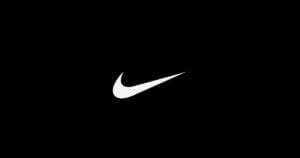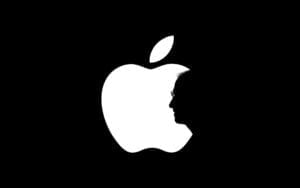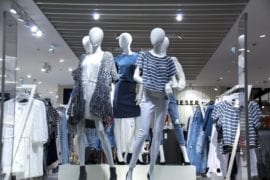PESTLE analysis as we know is the acronym for political, economic, socio-cultural, technological, legal, and environmental. It is a tool used by marketers and business analysts to monitor the macro-environmental factors, characteristic of external marketing environment and the impact that they have on an organization. It was created by Harvard professor Francis Aguilar in 1967. The PEST analysis is also used in close contrast with other analytical tools, such as the SWOT analysis or Porter’s Five Forces. Upon analyzing these factors, businesses can better take investment decisions and efficiency can be enhanced.
NIKE:
In this section we will share the most relevant and practical examples of PEST analysis starting with Nike Corporation. When it comes to sportswear this is the first brand that comes to mind and is undoubtedly the most valuable brand among sports businesses. In the fiscal year 2017, Nike earned $34.4 dollars which was a 6% increase from the preceding year.
Below is a PEST analysis done for Nike considering each factor to ascertain its position in the current environment.
Political:
Given the utmost importance of political factors which have a significant impact on businesses especially global brands, Nike has to consider the taxation and manufacturing policies of the host country and where ever it operates knowing that the worldwide product distribution is affected by it.
Economic:
Nike needs to keep a close check on the economic conditions of the countries where it sells its products; stable economies are a safe bet because customers with strong purchasing power can be targetted. At the same time developing countries present an opportunity for companies like Nike to tap into, especially with the growing middle class.
Social:
Lifestyle changes for the better, for instance, existing and potential customers becoming more health conscious draw a favourable position for Nike given the sports brand that it is. People are increasingly participating in sports to stay fit and healthy thus creating a good business opportunity for the brand. Nike’s constant innovation in terms of design and quality are bound to achieve customer loyalty in such cases.
Technological:
Staying abreast with technological advance and investing regularly in R&D would help Nike compete well in the market as this factor readily affects Nike. Given how the company responds and immerses itself in technological changes could turn into an opportunity or even threat. The reaction or proactive stance is what would determine this.
Legal:
Obeying health and safety rules in accordance with the government’s legal policies is a must, also protecting its designs and product signature look through copyrights and patents is important.
Environmental:
There is a far greater need for environment friendly products than ever before given the pollution and the depletion of natural resources. Hence, Nike needs to devise ideas for environment friendly products.
Similarly Apple’s example below explains how PESTLE analysis is useful for the day to day running of its businesses.
APPLE:
Apple has emerged as a market leader and enjoys the first mover advantage given its MP3 player lines and tablets. The introduction of the iPod back in October 2001 brought about a new wave in the market and consumer demand. Most importantly, the marketing genius, Steve Jobs knew exactly what he was doing to change the market dynamics altogether.
Political:
- Has to consider cheap cost of operations and hence China has been a viable option, however, the tussle between China and the US could affect Apple’s operations completely.
- Operating out of any other country may not be as cost effective.
- Tim Cook’s refusal to unlock the iPhone to the FBI turned into a fiasco as he related the matter as being a ‘civil liberties’ issue. Such situations could mean trouble back home as well for companies.
Economic:
- People becoming less brand conscious and opting for cheaper options could result in declined market share.
- Decline in the disposable income of the middle class segment may even result in declining share
- If the labour cost increases, especially if minimum wage increases the manufacturing cost would also increase.
Social:
- Some regions have low cult following for a brand like apple and lifestyle demands may vary.
- Products life the Apple watch would be preferred by health conscious people to track their daily routine.
Technological:
- This is what Apple thrives on. High investment in R&D and product innovation is what sets the bar above others for the company.
- iPhone for example is considered far more secure as compared to android phones hence a competitive advantage in this case.
Legal:
- Apple has to be cautious about copyrights and be very vigilant about it and it also needs to emphasize to its customers how to distinguish between and original Apple product and a counterfeit.
- Disclosing customer data could mean lawsuits.
Environmental:
- Disposal of electronic scrap material or by-product may pose an environmental hazard.
- Disposal of lithium batteries is not cost effective.





